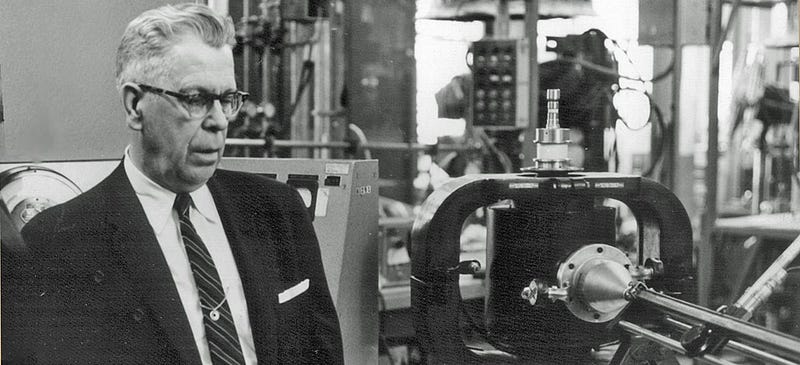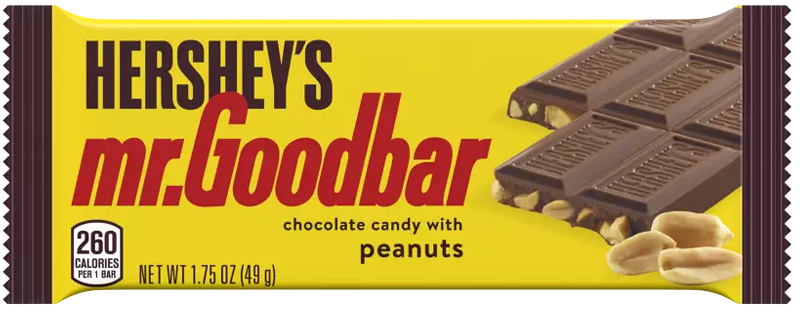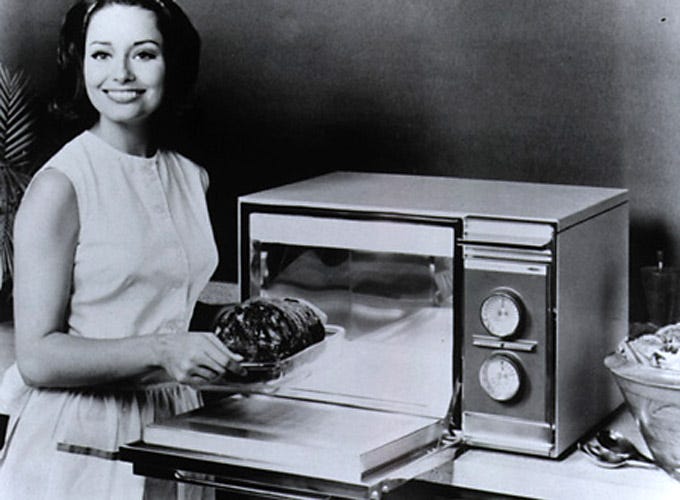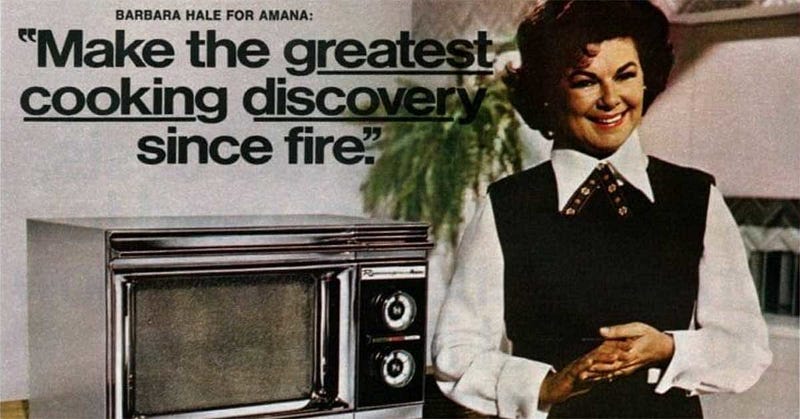The Serendipitous Invention of the Microwave Oven Through Chocolate
Written on
Chapter 1: The Unexpected Origins
In the realm of invention, sometimes luck plays a pivotal role, and the microwave oven is a prime example.

Percy Spencer, born in 1894 in the United States, emerged as a notable physicist and inventor specializing in radar and microwave technology. Surprisingly, his journey did not initially focus on culinary applications. Nonetheless, he is credited with inventing the microwave oven. The intriguing part? It was purely accidental, sparked by a chocolate bar he had stashed in his pocket during work.
In 1939, just before World War II began, Spencer was leading the radar tube division at Raytheon, a major defense contractor. For those unfamiliar, a radar tube, or vacuum tube, is a device that regulates electric flow. Originally developed by the British in the early 1900s, these tubes evolved into radar technology by the 1930s.
Radar tubes, often referred to as magnetrons, emitted pulses that, when reflected off objects, produced signals on radar screens. The effectiveness of these tubes was crucial for the accuracy and range of radar systems.

As head of the power tube division at Raytheon, Spencer excelled not only in innovation but also in enhancing manufacturing processes. He remarkably boosted production from 100 to 2,600 magnetrons daily. This achievement was vital for the Allies' success during World War II, arguably even more significant than the Manhattan Project.
But how does this connect to the microwave oven and a simple chocolate bar?
In 1945, while Spencer and his team worked on improving radar systems, something extraordinary happened. During an experiment with a magnetron, he discovered that a Mr. Goodbar chocolate bar in his pocket had melted.

Spencer realized that the only plausible cause for the chocolate melting was the microwaves emitted by the magnetron he was near. Intrigued, he began placing various foods near the device to observe the effects. One notable test involved uncooked popcorn, which popped, indicating that microwaves could indeed cook food.
A fun tidbit: this was likely the first instance of microwaved popcorn!
Encouraged by his findings, Spencer devised a more structured experiment by cutting a hole in a kettle, attaching a magnetron, and placing an egg inside. The goal was to see how food would react when microwaves were contained in a confined space.
The result? One of his colleagues, while checking on the egg, ended up with egg splattered on his face when it exploded! This incident highlighted the importance of pricking a hole in the yolk before microwaving eggs. Additionally, the egg was fully cooked, demonstrating that concentrated microwaves could rapidly heat food.
This groundbreaking realization motivated Spencer to construct a properly enclosed metal box with a magnetron. When he placed food inside, the microwaves successfully cooked it, marking the birth of the first microwave oven. However, it would take years for the microwave to evolve into the compact version we recognize today.

Thus, the moment when a chocolate bar melted in a radar engineer's pocket laid the groundwork for the microwave oven as we know it today.


Interestingly, Spencer received a mere $2 for his invention due to Raytheon's employment policies, which claimed ownership of innovations developed during employment. Despite this, he eventually became the senior vice president at Raytheon and earned the Distinguished Public Service Award from the U.S. Navy for his radar work, ensuring that his legacy was far from diminished.
That wraps up this incredible tale! If you found this story engaging, you might also enjoy:
- The Surprising Story Behind 7-Up's Origins
- The Real History of the Wild West
To learn more about me, explore my YouTube content, or support my work, check out the links below:
